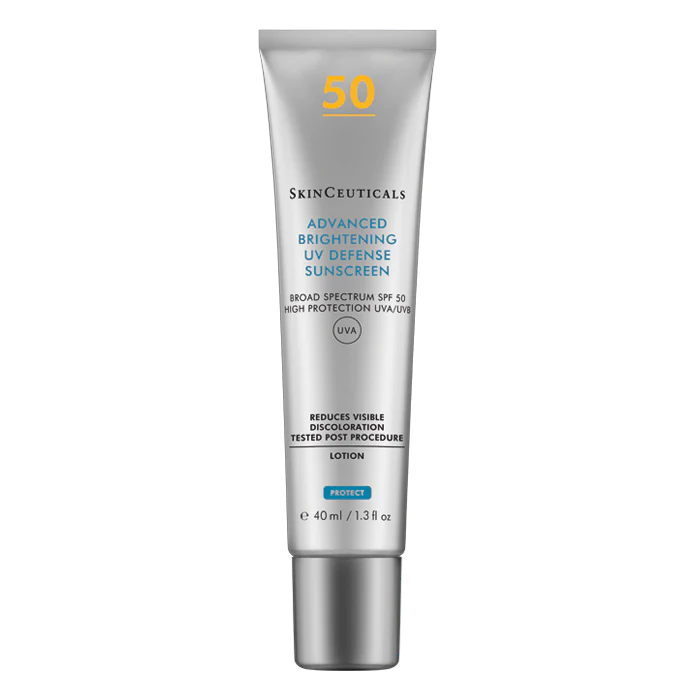
Ageing is inevitable. As we get older, our bodies’ natural ageing processes kick in, causing the skin to sag and fine lines and wrinkles to set in. It’s a fact of life. But, did you know that time only accounts for 10% of skin changes? The remaining 90% is caused by external influences that accelerate the ageing process. Read on to learn about three sources of environmental ageing and how you can protect your skin from damage.
Intrinsic Vs. Extrinsic Aging
Skin ageing is caused by two distinct processes: intrinsic and extrinsic ageing.
Intrinsic Ageing
Intrinsic aging is the natural and continual aging process by which cellular and biological functions slow. Over time, the skin’s strong, fibrous and elastic matrix begins to weaken, inhibiting skin cell turnover and contributing to hyaluronic acid, elastin and collagen depletion. As these essential materials diminish, the skin loses the strength and resilience associated with a healthy and youthful complexion.
Extrinsic Aging
While intrinsic ageing is unavoidable, extrinsic aging is more easily preventable. It is caused by a set of external factors that accelerate the aging process, including lifestyle choices like smoking, alcohol consumption and lack of exercise, as well as environmental stressors like pollution, blue light radiation and UV exposure. These sources expose the skin to free radicals and oxidative stress which damage its structural proteins and cause it to age prematurely.
Sources of Environmental Aging
There are three main environmental factors that contribute to premature skin ageing: pollution, blue light and UV exposure.
Pollution
One of the major threats to healthy and youthful skin is air pollution. Urban living puts us in direct contact with particulate matter (PM), a complex mixture of harmful contaminants that wreak havoc on our complexions. Evidence increasingly shows a connection between long-term PM exposure and premature ageing; in fact, studies have shown that a greater degree of PM exposure is associated with a larger number of dark spots and more pronounced nasolabial folds (smile lines).
Without a strong and secure structure, skin loses its density and bounce; it begins to loosen, and sag and deep lines and wrinkles occur.
How does this happen? Well, these minute particles expose the skin to free radicals that actively break down hyaluronic acid, collagen and elastin. When these become weakened, they lose the ability to keep skin hydrated, firm and elastic. Without a strong and secure structure, skin loses its density and bounce; it begins to loosen, and sag and deep lines and wrinkles start to set in.

Blue Light
With the increasing adoption of new technology, blue light has become another factor to consider in skin ageing. Blue light emits from many sources, including the sun, our mobile phones, computers, TVs and even UV emitting lightbulbs. We are typically exposed to blue light for six hours a day; over time, this daily exposure compounds and poses a serious threat to skin health.
Blue light’s short wavelength is associated with higher energy output and a greater potential for damage. In 2010, research by the Journal of Investigative Dermatology found more pigment, redness and swelling in skin exposed to blue light from the sun than skin exposed to similar levels of UVA rays. In addition to triggering inflammation and redness, blue light stimulates the production of free radicals (which we know are major culprits of premature skin ageing).

UV Exposure
Sun exposure plays perhaps the biggest role in aging our complexions. The sun has several different types of rays (including blue light) but those that cause the most concern is UVA and UVB rays. UVA rays penetrate deep into the skin’s layers, exposing otherwise healthy skin to damaging free radicals.
UVA rays are the #1 cause of ageing. They destroy collagen, contribute to a lack of elasticity and tone and cause thicker looking skin.
UVB rays, on the other hand, penetrate only the skin’s outermost layer where they interact with melanocytes (the cells that are responsible for skin pigmentation). Melanocytes are your first line of protection against sun damage; when they are exposed to the sun, they release melanin. This protective pigment absorbs UV rays and shields the skin’s deeper layers from damage. However, overexposure can lead to an overproduction of melanin, which presents as sunspots and uneven skin tone.
How to Protect Your Skin?
Minimising exposure and adjusting your lifestyle habits are your best defence against the ageing effects of environmental stressors. However, you can also adjust your skin care routine to provide additional protection and keep your complexion looking healthy and youthful.




















































